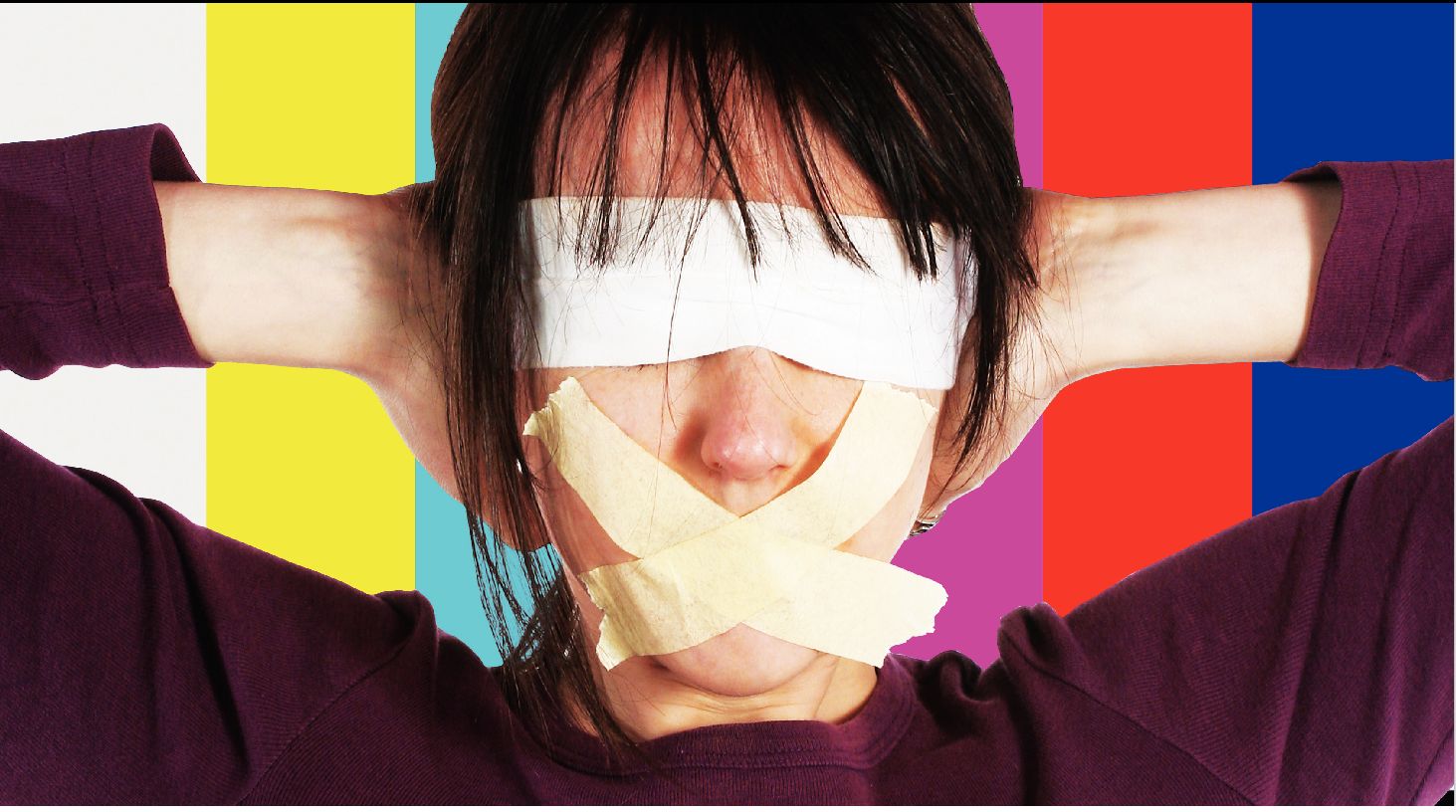
Censored in a brave new world
The list of Project Censored stories for 2009-10 comes during a weird media moment
MEDIA | Rebecca Bowe
The world was a different place in 1976 when Carl Jensen, a professor of communications at Sonoma State University, founded Project Censored to highlight important national news stories that were underreported or outright ignored by the mainstream press.
Back then, there were few good alternatives to television networks or major newspapers and magazines, and stories omitted from those channels usually escaped public notice. There was no such thing as Google News, no one had ever heard of a blog, and the word “twitter” was associated with birds or gossip. So it was up to Project Censored to provide a fuller and more accurate picture of the news by delivering an annual rundown of the top 25 most significant articles that hadn’t been widely distributed.
But even if the corporate media were censoring important information back then, today’s highly fragmented media world has opened the floodgates to endless news and propaganda of every possible variety, leaving citizens awash in more information than they can possibly process.
The shared American narrative and agenda disappeared as the Internet boomed and newspapers shrank. While major media outlets have been consolidated into the hands of fewer corporations and the once stable media industry has been in flux, the general public has splintered into factions that seem to reside in disparate realities.
Extremism and the promotion of narrow corporate interests have gained footholds. Even on national television networks, personalities such as Glenn Beck are gaining traction by painting President Barack Obama as a dangerous radical, a Big Brother figure, or worse.
Once-accepted imperatives like addressing global warming are undermined by seemingly legitimate news stories.
Yet the public is playing a bigger role than ever. Blogs abound, and nearly anyone can spark a public outcry by capturing egregious behavior on film with his or her cell phone. Thanks to a team of hackers who know a thing or two about encryption technology, WikiLeaks has emerged as a wild card of the new media landscape by cutting loose thousands of classified government documents and airing military footage never intended for a mass audience.
It’s a brave new world of media consumption, but Project Censored’s mission hasn’t really changed. More than ever, people need help sifting through this cacophony to figure out what they truly need to know.
For 35 years, the project has distributed its Censored list nationwide to shed light on the top stories not brought to you by the mainstream press. These days, stories are submitted, researched by students, filtered through LexisNexis to determine which outlets have covered them, and then voted on by a team of judges. An international network of 30 colleges and universities contributes to the project, and volunteers from around the world submit stories for consideration. At the end of each project cycle, the work is released in a compendium.
Past judges have included luminaries such as Noam Chomsky and the late Howard Zinn, to whom Censored 2011 (Seven Stories Press, 2010) is dedicated. Even journalist Walter Cronkite publicly stated, “Project Censored is one of the organizations that we should listen to, to be assured that our newspapers and our broadcasting outlets are practicing thorough and ethical journalism.”
Project Censored Director Mickey Huff, a history professor at Diablo Valley College who sports a long ponytail and a pointy beard and talks at an excited pace, uses air quotes when saying the phrase “news decisions” because his concern is censorship. But how does he define censorship?
“There are many factors afoot that prevent stories from getting reported,” he says. “What we’re saying is that anything that interferes with a free flow of information is censorship. It’s not the blacking out of a story, it’s the framing of a story. It’s the angle. It’s what views are being left out. In old school ‘objective journalism’ – air quotes – “you’re supposed to get both sides of the story. Yeah, well, sometimes there are six sides.”
The preface to Censored 2011 offers a harsh critique of mainstream news. “In America, unsubstantiated opinions, rumors, and gossip surrounding important issues masquerade as real news,” it states. “We live in a propaganda culture where factual information is routinely censored by degree.”
Huff and former Project Censored director Peter Phillips recently coauthored an op-ed exploring the concept of State Crimes Against Democracy (SCADs), hoping to publish it through the Institute for Policy Studies (IPS), a progressive think tank based in Washington, D.C. To their dismay, IPS rejected it. Huff found the decision cruelly ironic – he felt he’d been censored.
Chapters 6 and 7 of Censored 2011 also delve into SCADs – a construct that seeks to buck the “conspiracy theory” label in favor of a more sophisticated framework. They are defined as “concerted actions or
inactions by government insiders intended to manipulate democratic
processes.” The introduction to the book alludes to those chapters as
“beyond urgent,” and Kristina Borjesson equates a lack of mainstream
media coverage of questions surrounding 9/11 – perhaps the mother of all
SCADs, from the 9/11 Truth Movement’s perspective – as censorship.
continued on page 14